14 ’70s Road Trip Realities for Women and How Travel Has Changed
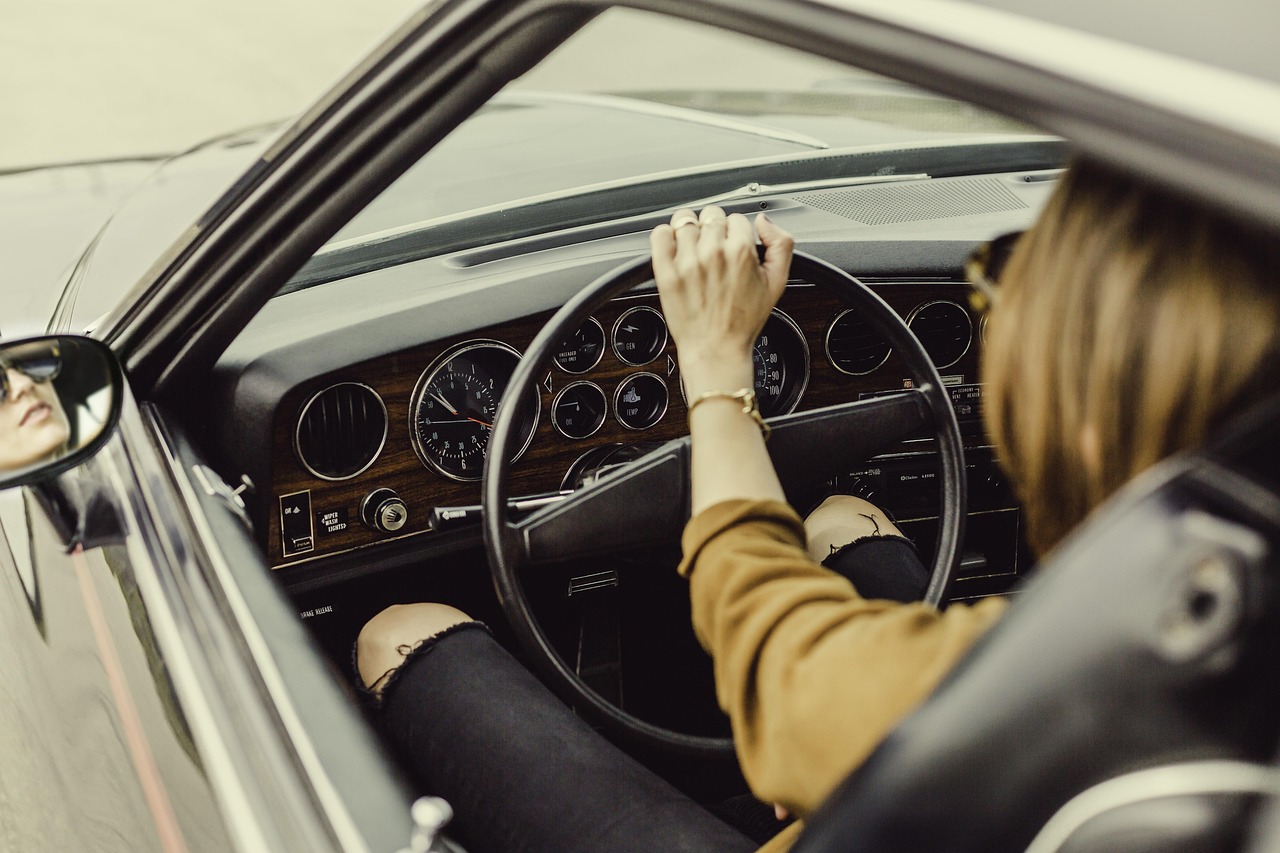
Road trips in the 1970s had a magic all their own; rest stops, roadside diners, handwritten directions—but for women, the experience came with a very different set of rules. Back then, freedom on the road often meant navigating outdated expectations, limited safety options, and fewer choices. Today, the game has changed. If you’re curious how far we’ve come, here’s a look back at what road travel used to mean for women and how it compares to the open road we know now.
1. Solo Journeys Were Met with Raised Eyebrows
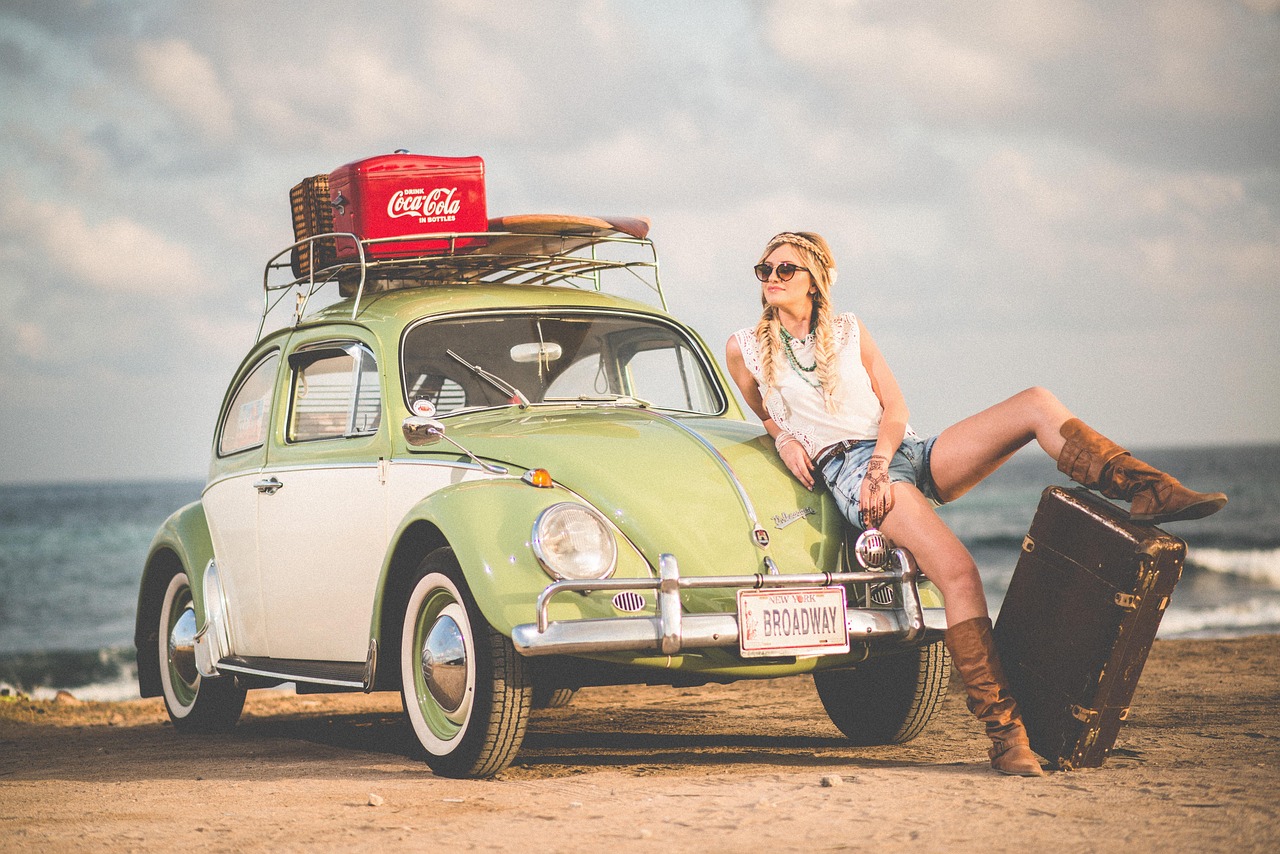
Traveling alone as a woman in the ’70s wasn’t celebrated like it is today. You’d pull into a motel or diner, suitcase in hand, and field questions about where your husband was. Maps on the dash didn’t broadcast gender, but locals did. That skepticism pushed many women to travel in companion groups or stick to well-worn family routes. Now, solo female exploration is embraced. Online communities share itineraries, safety tips and actual meet-ups, making independent road trips a badge of honor rather than a questionable choice.
2. Safety Meant Trusting Your Instinct

Without GPS or cell phones, women on the road learned to be hyper-aware of every honk and shadow. Mile-marker payphones were your lifeline, but you had to trust a gut feeling more than any signal strength. Spotting the next rest area or roadside café became a strategic decision. Today’s apps let you share location in real time, find the nearest well-lit gas station and check crowdsourced safety reviews. That constant connectivity turns unease into actionable intel, so you can focus less on what-ifs and more on the open road.
3. Restroom Stops Could Turn into Detours
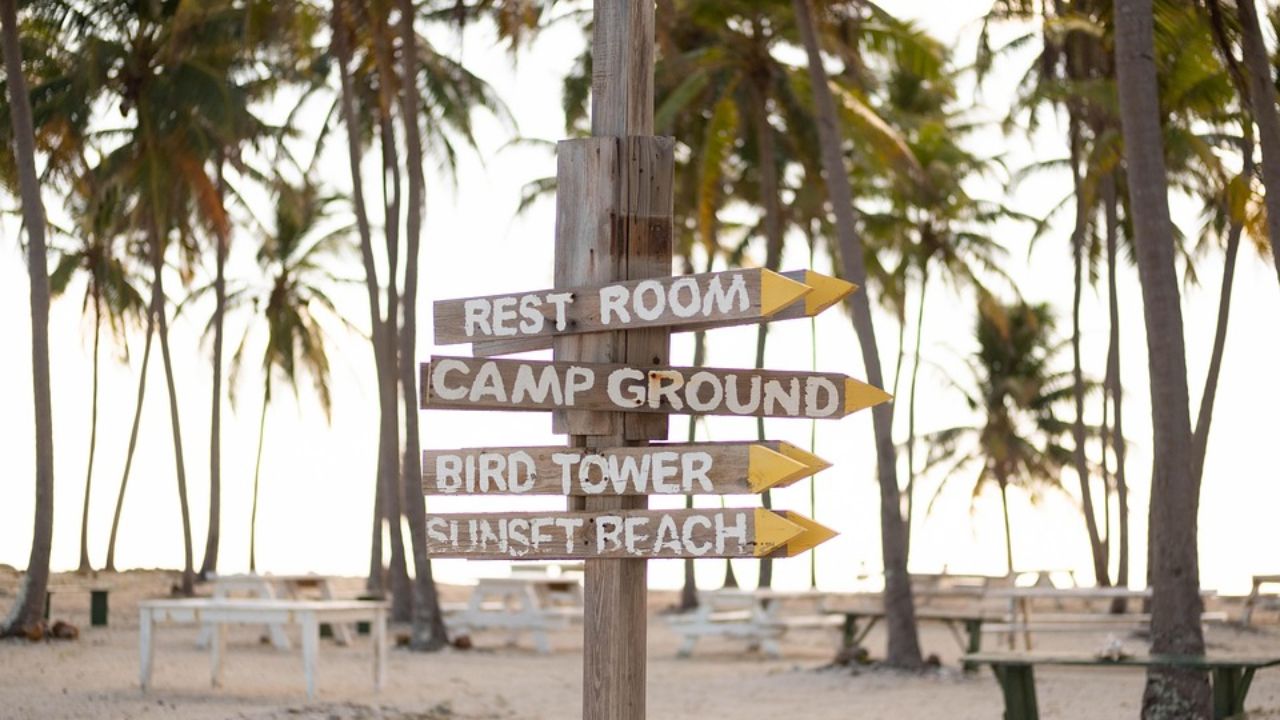
Pulling off at a highway rest area offered no guarantees of safety or cleanliness. Restrooms might be padlocked after dark or down a poorly lit path lined with shrubby cover. Women learned to plan stops around daylight, pack extra toilet paper and even improvise blankets for privacy. Modern rest stops feature security cameras, proper lighting and family restrooms that lock from the inside. That means fewer anxious glances over your shoulder and more confidence to stretch your legs whenever nature calls.
4. Credit Meant a Man’s Approval
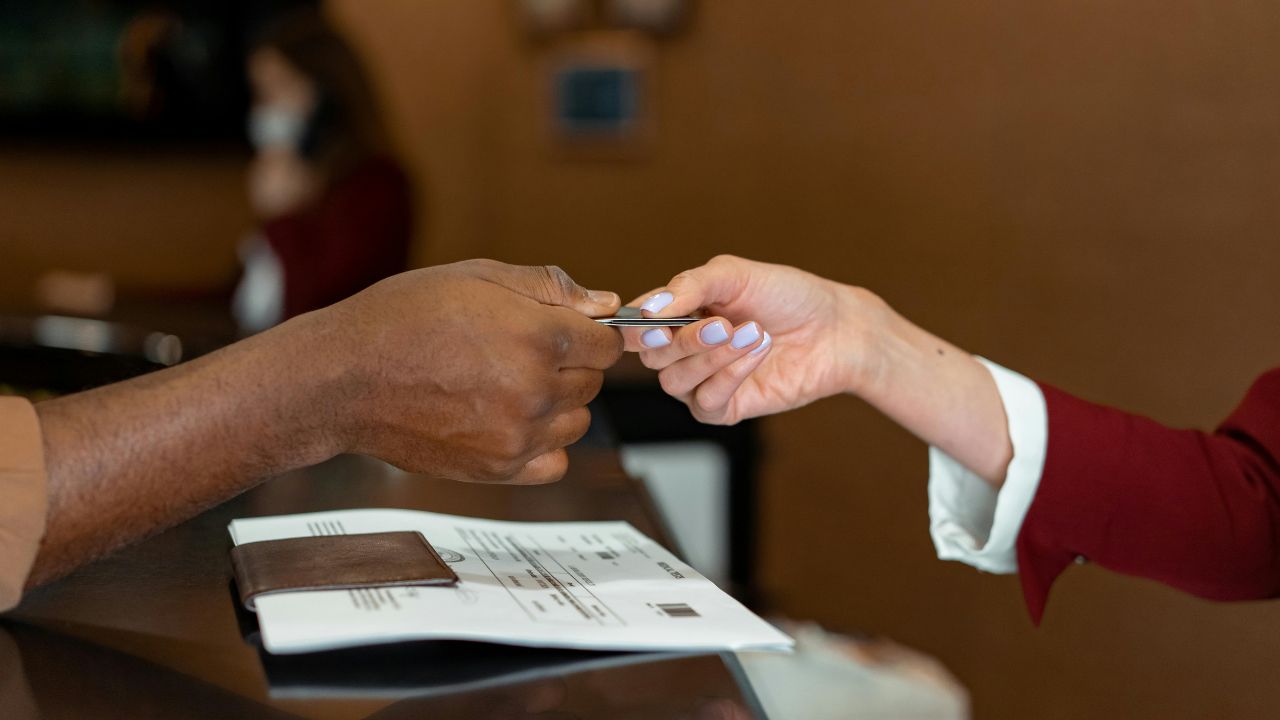
Before the Equal Credit Opportunity Act of 1974, many banks refused women credit cards without a male co-signer. On the road, paying bills or handling emergencies could hinge on whose name was on the account. After the law outlawed gender discrimination, women gained direct financial control; opening accounts, renting cars and booking stays without permission slips. Today, credit applications ask for income and credit history, not marital status, giving women true economic freedom from the moment they hit the highway.
5. Packing Included a Harassment Plan
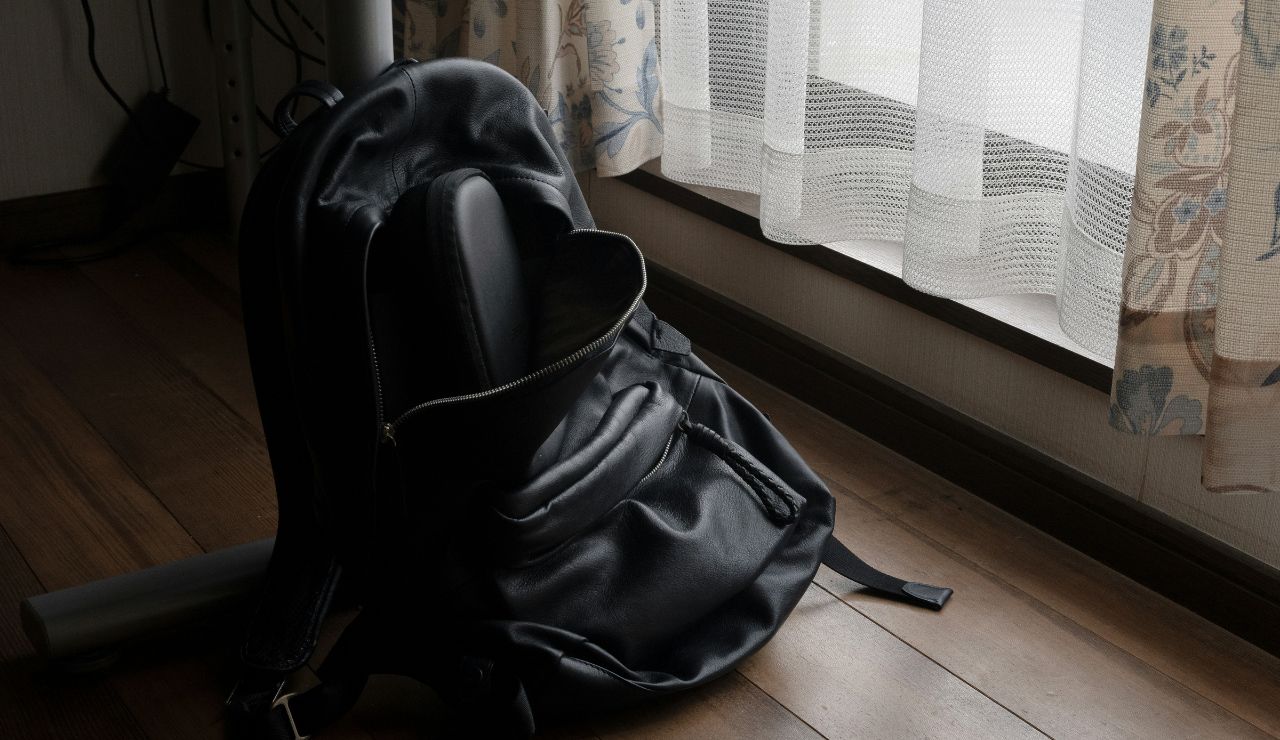
Catcalls at gas pumps and motel lobbies were almost expected. Women packed pepper spray, whistles, and extra confidence to fend off unwanted attention. It wasn’t just about what to wear; it was about knowing which routes and stops felt sketchy. Fast-forward to now, and while harassment still exists, smartphones offer emergency calls at the press of a button, safety-check apps ping friends with your location, and ride-share services reduce exposure to strangers. Those advances turn roadside dread into manageable precautions.
6. Few Guides Spoke to Women Travelers

Travel guides in the ’70s were written by men about routes for men. You rarely found chapters on safety tips for solo women or female-focused gear. Advice meant folding maps just so or avoiding certain truck stops. Today you’ll find entire blogs dedicated to women’s road trips, with details on women-friendly campgrounds, gear reviews for female hikers and networking groups that meet on the road. That wealth of information transforms guesswork into informed choices and makes planning a breeze.
7. Folding Maps Beat Voice Prompts
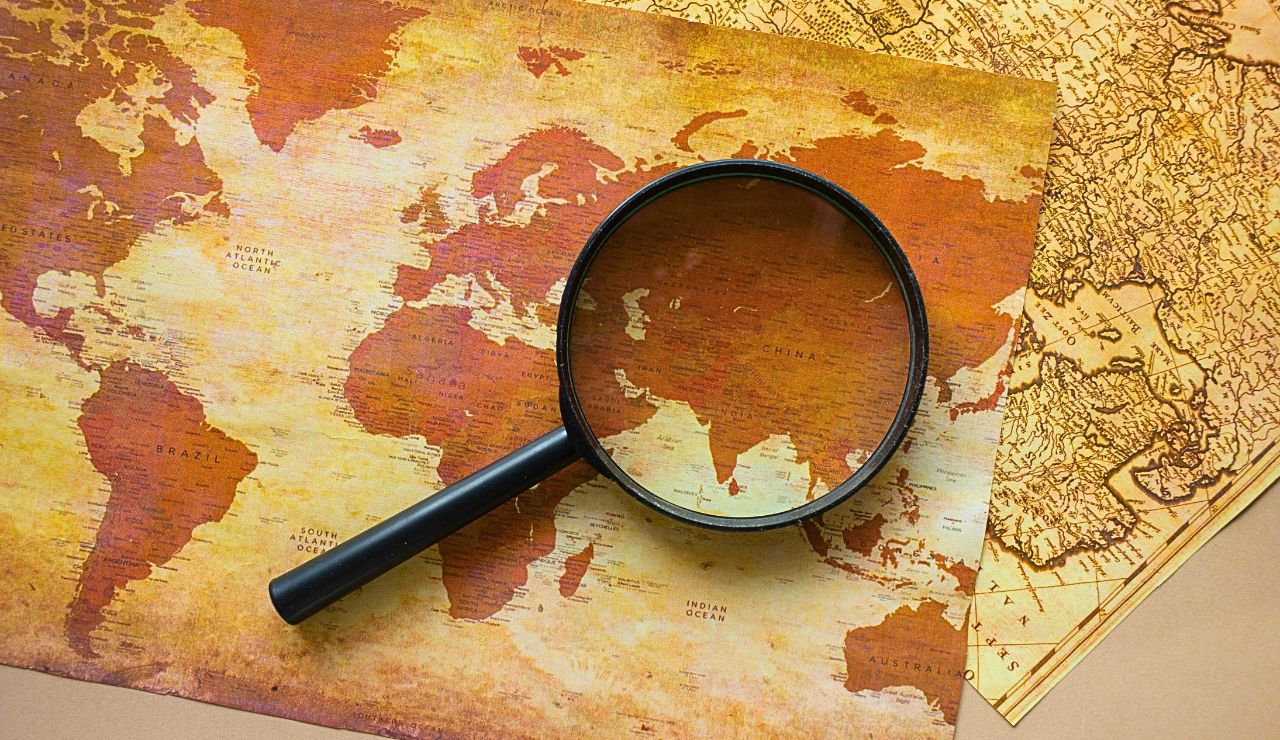
Maps from state tourism offices spread across back seats in endless paper trails. Women grappled with giant folds, trying to trace the next exit in the rain or wind. A wrong crease could mean missing a turn or winding down a one-lane dirt road. Now, GPS voice prompts guide you with turn-by-turn clarity, rerouting around traffic jams and tolls. You can mute directions if you prefer compass-style adventure, but the tech safety net is there if you need it, turning navigation from chore into convenience.
8. Heels and Scarves Tied at the Wheel

Road trip wardrobe in the ’70s often adhered to beauty norms—heels for dinner at diners, scarves to keep windblown hair in place, and curlers hidden under headscarves. Comfort was secondary to appearance. Fast-forward to today and functionality rules: breathable fabrics, supportive shoes, and practical layers dominate packing lists. Women tote stylish but sensible gear; breathable sneakers, wrinkle-resistant pants and quick-dry tops—making long drives more pleasant and ensuring every mile feels as good as it looks.
9. Hitchhiking Hung on Trust
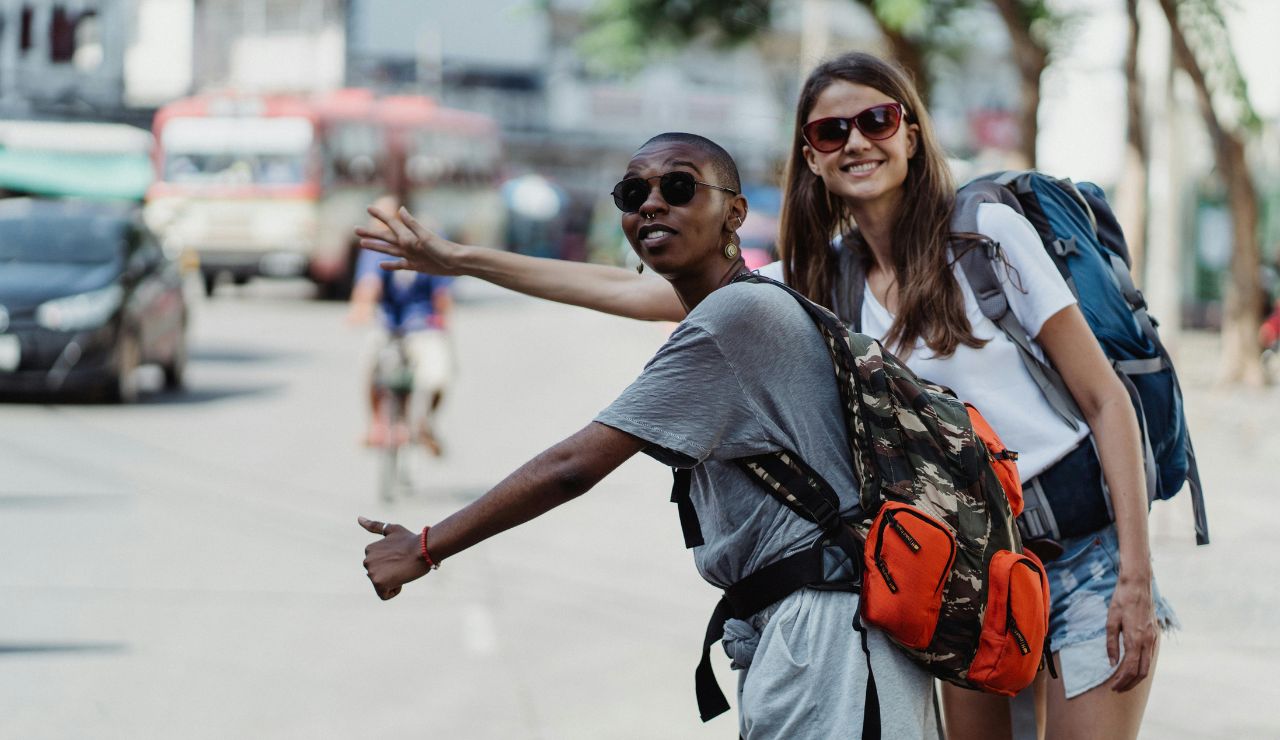
For women without wheels or cash for gas, hitchhiking filled gaps, but it carried real risks. Each thumb-out moment involved a silent safety gamble. Getting a ride depended on reading strangers’ intent in a single glance. In contrast, modern ride-sharing apps vet drivers with background checks, record every trip and let friends track your route. That transparency and accountability make solo rides far safer and more reliable, turning a vulnerable stand on a roadside into a swiping-and-sitting experience.
10. Owning a Car Wasn’t a Given
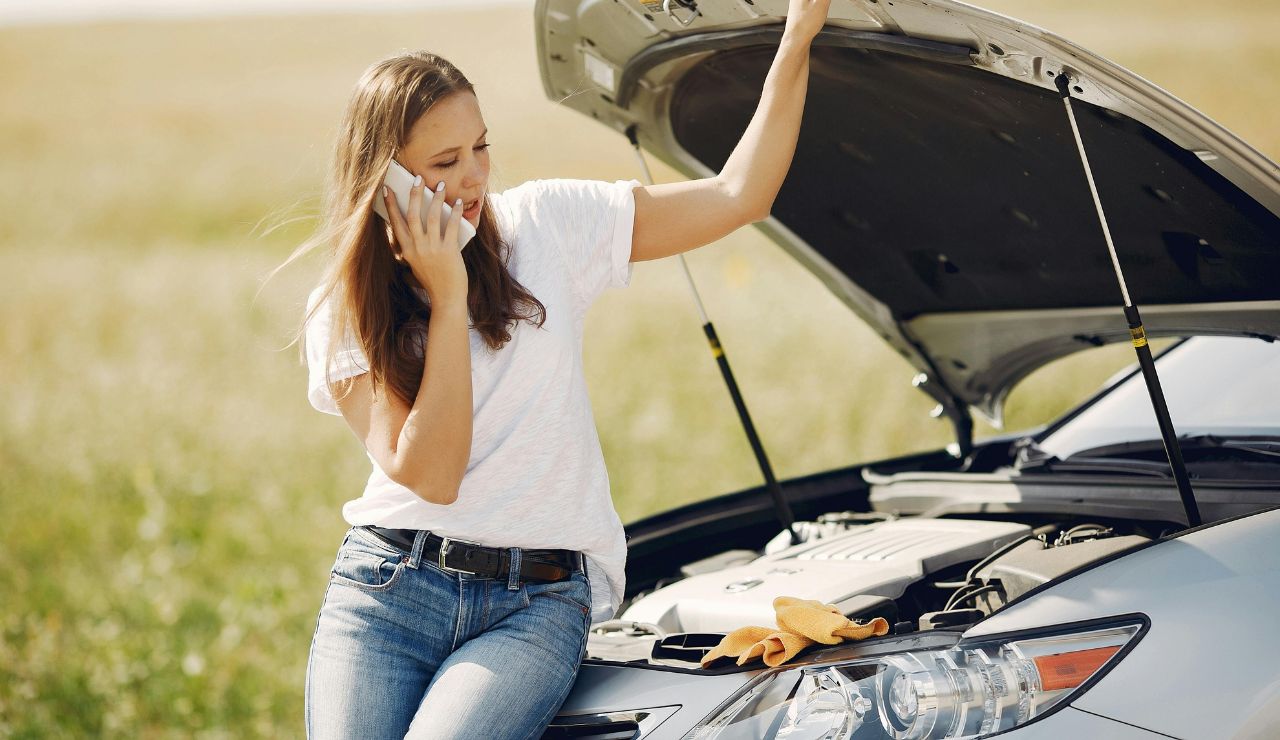
Car ownership among women in the ’70s lagged behind men’s. Many shared vehicles or depended on husbands, fathers or brothers to drive. Renting often meant a male driver on the paperwork. Now, women make up a large portion of car buyers and renters. Rental agencies streamline female bookings online, while peer-to-peer car-sharing platforms put a variety of makes and models at your fingertips. Your name on the title isn’t just a formality; it’s your ticket to freedom on four wheels.
11. Long-Distance Calls Needed Quarters
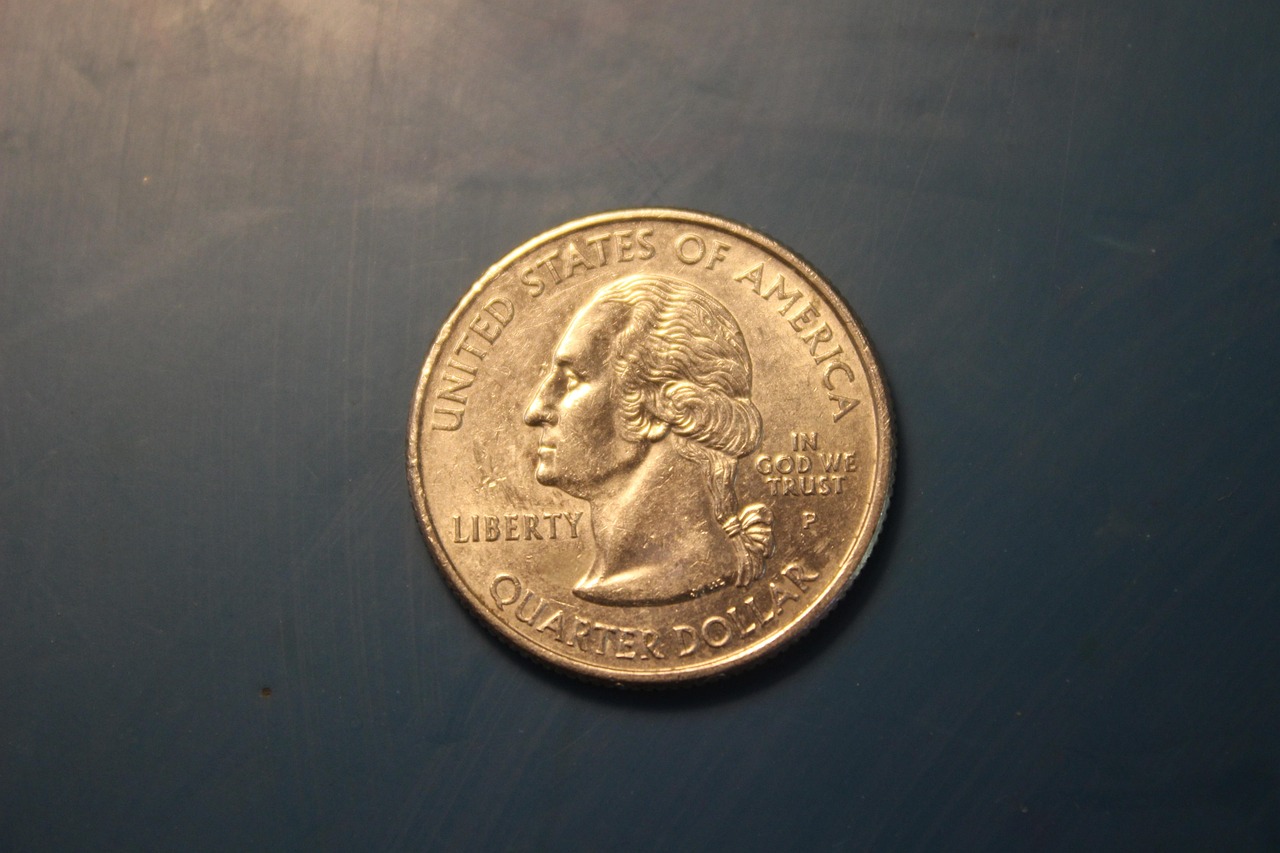
Before international roaming and smartphones, you hunted for payphones with enough nickels to call home and calm worried friends. Long-distance rates escalated the longer you stayed on the line. That ticking meter influenced how often you called, often once per major stop, not per mood swing. Today, unlimited data plans and free messaging apps let you video-chat at every scenic overlook. Staying connected feels seamless, so you never miss a milestone in your adventure or in your family’s life back home.
12. Full-Service Pumps Felt Like Company

Pulling into a gas station meant a uniformed attendant rushing out to pump gas, clean your windshield, and check oil. For female motorists, those interactions could feel patronizing or protective. Now, self-service stations let everyone take control, while digital apps pre-authorize payments through your phone. That shift cuts down on small talk and gives you privacy. If you still crave human help, many stations offer full-service lanes during peak hours, blending the best of both worlds.
13. Booking Rooms Was a Gamble
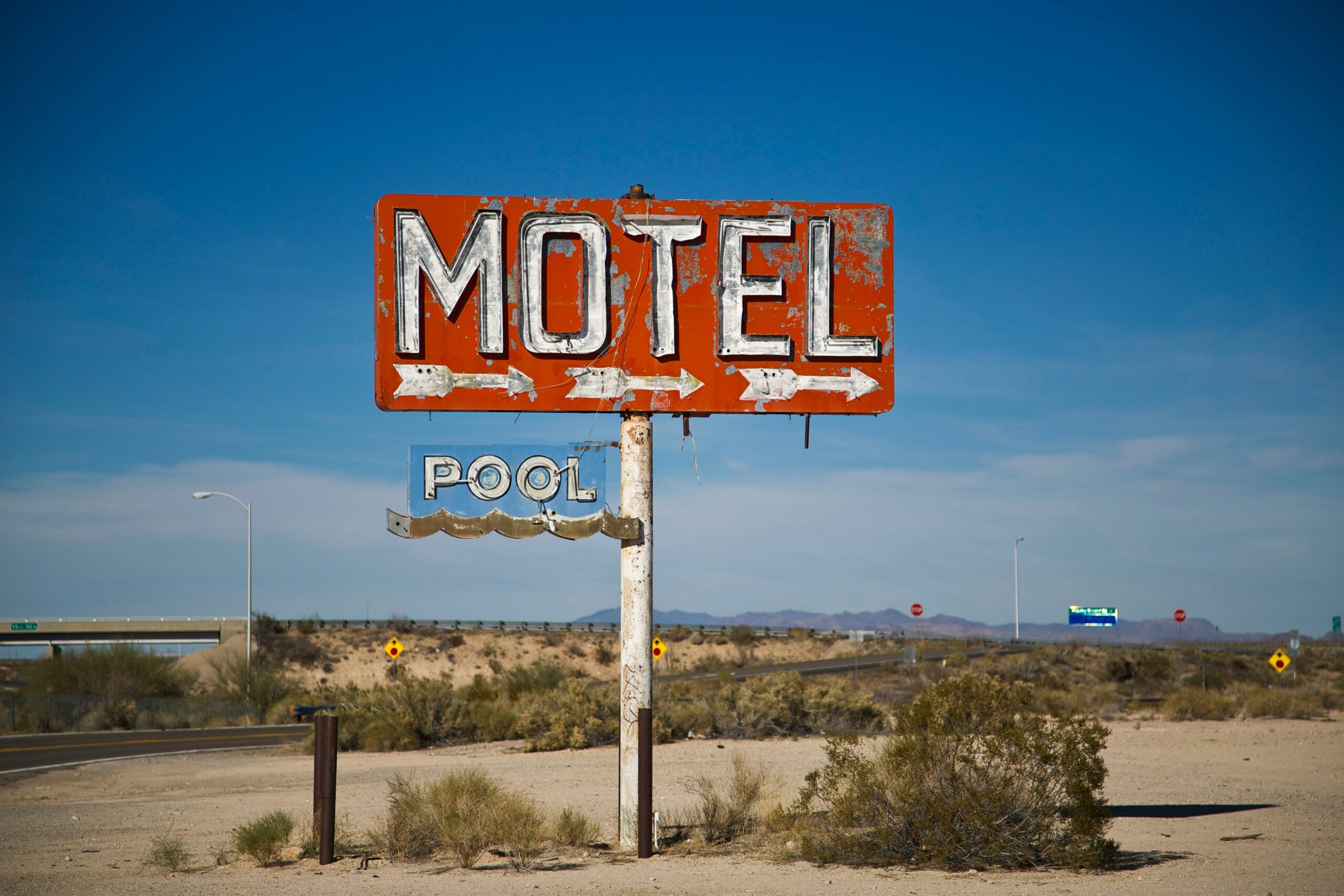
Walk-in motels with “Vacancy” signs were your only option, no online reviews to guide you. You’d park, ring the buzzer and cross your fingers for clean sheets and a safe neighborhood. Today, you scroll through user photos, guest ratings and neighborhood snapshots before you book. Filter by women-friendly amenities, read recent reviews about cleanliness and security, and reserve rooms with cancellation flexibility. That level of transparency turns lodging from a guessing game into a confident choice.
14. Steelers and Sing-Alongs Replaced Podcasts

In the ’70s, there were no curated playlists or on-demand audiobooks. Families owned 8-track tapes of rock ballads or Barry Manilow sing-along sets. Women who pioneered solo trips created mixtapes by recording songs off the radio, station-hopping for the best tracks. Now, streaming services tailor road trip playlists in seconds, with genre stations, mood mixes, and downloadable tracks for offline play. Whether you crave ’70s classics or modern podcasts, the soundtrack of your journey is only a tap away.